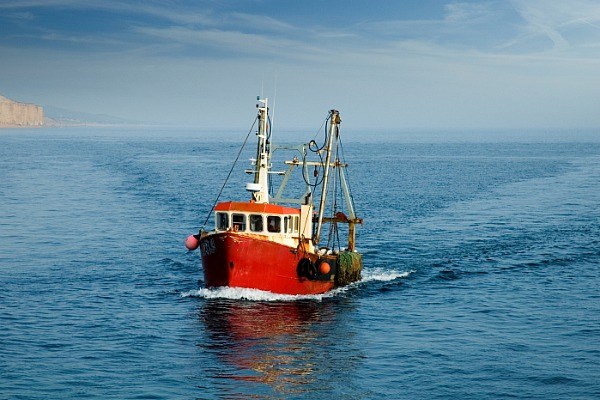
In 1997, large commercial fishing boats based in the coastal town of Beaufort, North Carolina began shifting about 13 miles northward per year. By the end of 2014, they were harvesting off the coast of New Jersey. Although this was an unusual circumstance, it wasn’t singular. As it turns out, many large-scale fishing operations along the East Coast followed similar—albeit to a lesser extent—patterns of movement within that time frame. These shifts may persist or even intensify if climate change continues to warm up our oceans, according to new research published in the latest issue of ICES Journal of Marine Science.
In the past century, global warming has gradually raised the temperature of water along the Atlantic seaboard, among many other places. Like moneyed New Yorkers taking to the Hamptons to escape city heat, fish close to the coastline are swimming away from their usual marine homes and toward cooler and more comfortable waters. As a result, fishing operations are getting disrupted. While the stories of fishers who have to travel longer and longer distances to secure their catch arewell documented, the movements of fishing communities over time have not been mapped until now.
Talia Young, a postdoctoral fellow at Princeton University, conducted the first-of-its-kind ICES study in part because she wanted to bridge what she felt was a disconnect between the empirical data of marine species migration and its impact on humans.The study is unprecedented insofar as it considers large-scale shifts in fishing operations over an extended period.“For me, a logical extension of this really important and timely body of work about how climate change is affecting the natural world is: How is it affecting the ways that we interact with that world?” Young tells me over the phone.
To get a big-picture understanding of the consequences at stake, she decided to look at changes at the community-level—but not in the typical sense of the word “community.” In the study, “community” is defined not as a population living in the same region or sharing a set of values, but as a group of boats of that share similar gear, landing ports, and size. This specific criteria is important because it unites “vessels associated with each other through … economic processes and territorial practice.” After all, trawlers from Virginia and lobster harvesters in Maine are unlikely to resemble one another in their operations or share best practices. Read more